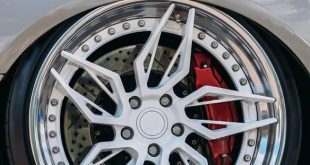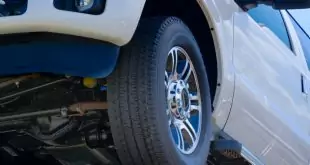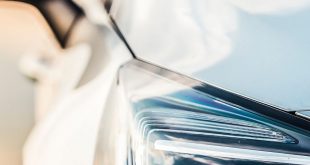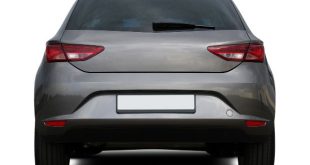The classic car industry is facing a crisis. With the global climate emergency continually making headline news, the automotive world is under more scrutiny than ever. As well as regular consumer cars and vans, classic cars are also being put under the microscope – understandable, given their petrol-hungry roaring nature, and the fact that many of them pre-date modern environmental regulations by decades.
However, salvation may be in sight. A growing number of enthusiasts are replacing the ancient engines with modern, greener batteries. So, is this the future that all classic cars have to look forward to? And perhaps an equally pressing question – will the community really want it that way?
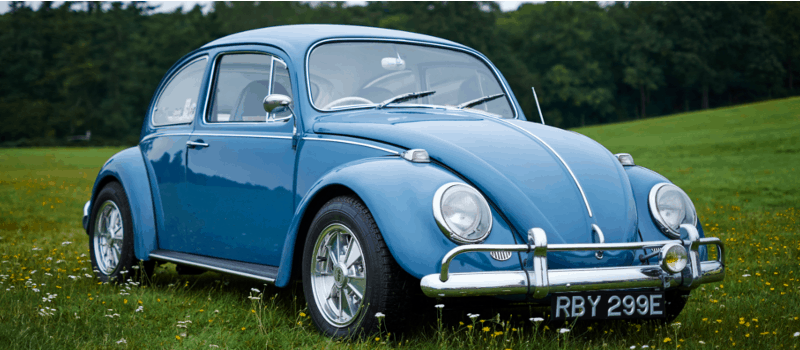
Is the world of classic motors under threat?
At the heart of this crisis lies one particular piece of legislation: within the next 30 years, the UK government will make it illegal to sell new vehicles that rely solely on petrol or diesel. That poses a big obstacle for the classic car industry, as they’re not the cleanest at the best of times, and therefore likely to be hit hard by these new laws. Now, there is some hope in the classic car community. The government has historically been very supportive of the industry, which is estimated to be worth about £5.5 billion. But analysts have said it’s likely to have an effect on classic car auction prices, which will fall to unknown depths in the short term, and there’s no getting around their environmentally-unfriendly nature.
Or is there?
The converters transforming the classics
Since the engine and the fuel is the problem, some aspiring mechanics think they’ve found a solution. As noted by Scrap Car Network, a growing cottage industry is working hard at providing electric powertrain conversions for heritage models, adapting classic cars so that they’re minimally impacted by the new laws. There’s quite a number of people doing this already, with one of the biggest companies having been doing so since 2016. Most enthusiasts use a mix of old and new parts, some from huge electric manufacturers like Nissan and Tesla.
So, how is it done? Well, approaches differ marginally depending on the engineers’ backgrounds, experience, and access to parts, as well as the specifics of the car in question. However, the basic process involves carefully removing the engine of a classic car and replacing it with a battery pack and motor. Wherever possible, the motor is connected to the existing gearbox too. The entire job is done as carefully as possible, as the converters want it to be reversible if any new owners should so choose. Some will even offer the ability to construct a bespoke electric classic car.
Why do people do this?
While the outward exterior remains identical for each vehicle, the procedure has quite a few noticeable effects on the car itself. For starters, the removal of mechanical components renders the car pretty much immune to lots of the issues that are known to plague some of the older models, resulting in fewer breakdowns or problems that require intensive maintenance. (Plus, charging them rather than refuelling them saves on fuel costs!)
And for racers who like zipping their cars around at Silverstone Classic or Goodwood Revival, it also provides a tangible boost to speed. One tuned-up Ferrari was recorded as going from 0 to 60mph in 3.5 seconds, when conditions were favourable. If anything, the tune-up was too effective – apparently it could have made 2.7 seconds, but they had to tone it down a little because the rest of the car couldn’t handle the strain!
What it means for the future of the classic car industry
To be honest, the community is divided. On the one hand, there are those who view the practice as future-proofing an age-old hobby. However, there are plenty of purists who are appalled by the idea – who think that removing the engine of the car is removing part of its essence; its soul.
That might sound frivolous if you’re not a petrolhead, but don’t forget that for many people, this sense of history – the whole experience, if you will – is the whole point of owning a classic car. They argue that it’s not the shape or the body style of a vehicle that makes it historical, but the way the entire vehicle has been constructed and manufactured. For these purists, transforming it into a hybrid involves removing part of the fabric of its being, sterilising it and robbing it of the inherent character that makes it a classic car. Not to mention that classic roar and growl of the engine!
Converters have their proponents though, who argue the hobby must change with the times if they don’t want changing legislation to relegate their vehicles permanently to garages. While plenty of converters have greener passions, lots of them are largely indifferent to changing environmental laws, simply recognising the potential of their impact. As far as they see it, change is inevitable, and their job is to ‘save the car’, seeing electrification as the best way to do that. In other words, for them it’s not a form of change, but of preservation.
Plus, it has good implications for the rest of the car industry, as updating existing cars with environmentally-friendly technology might help ease the pressure on car manufacturers to change their operations.
Of course, the biggest problem is that right now, nobody really knows what’s going to happen. Who’s to say exactly how the automotive industry will really change in 20 years? You can count on one thing – one way or another, classic cars will surely survive. The question is what they’ll look like when they do.
 World inside pictures Collect and share the best ideas that make our life easier
World inside pictures Collect and share the best ideas that make our life easier
